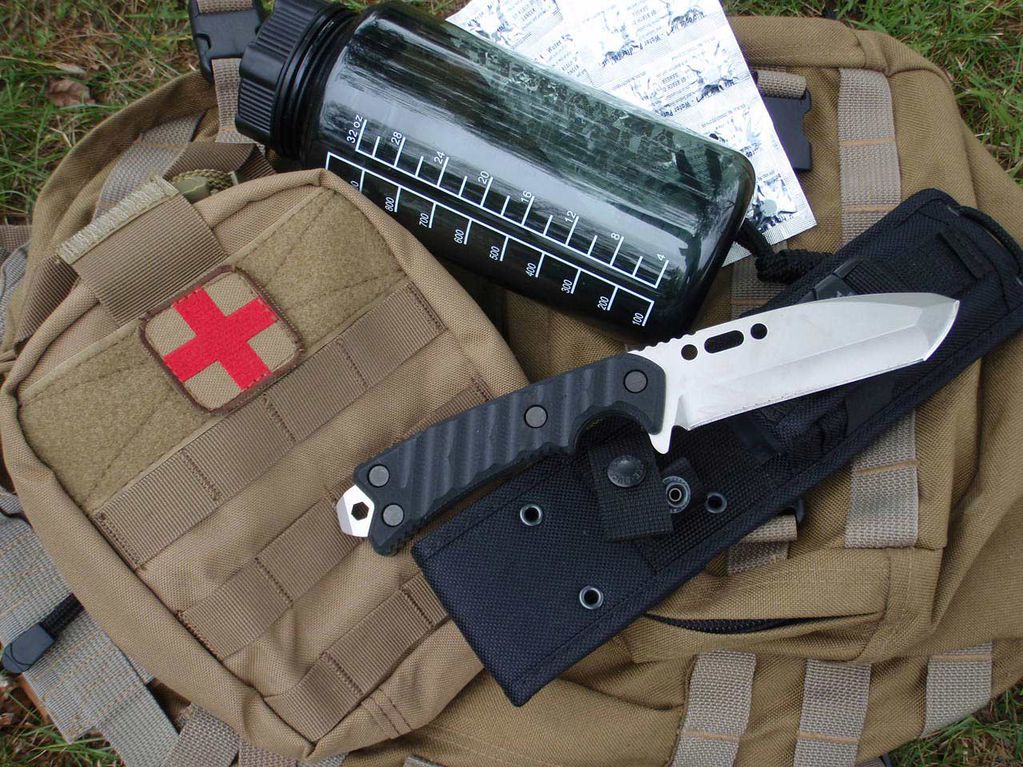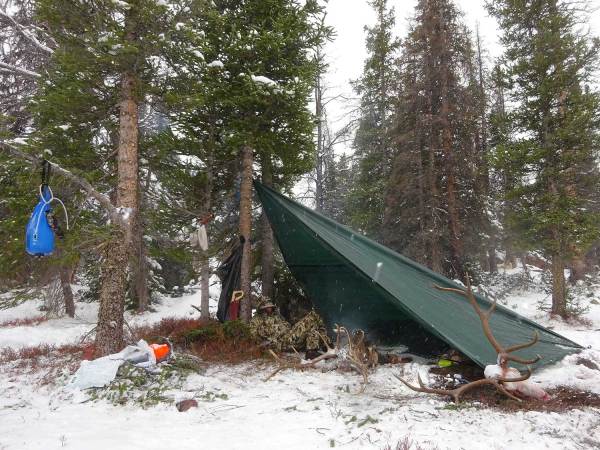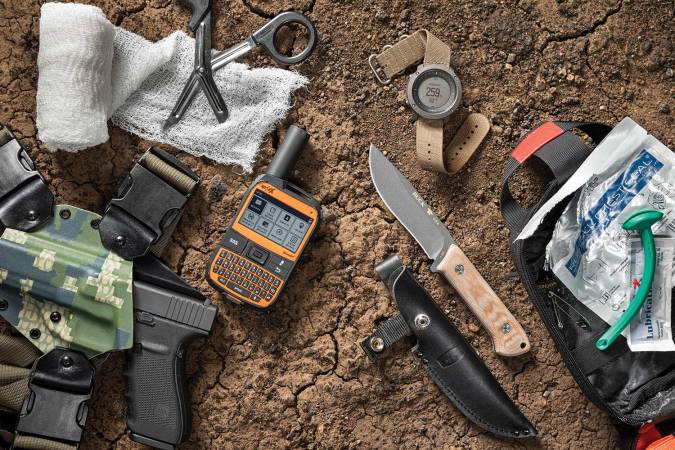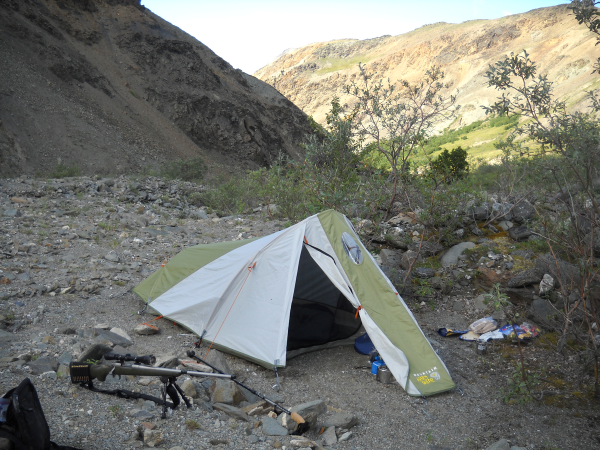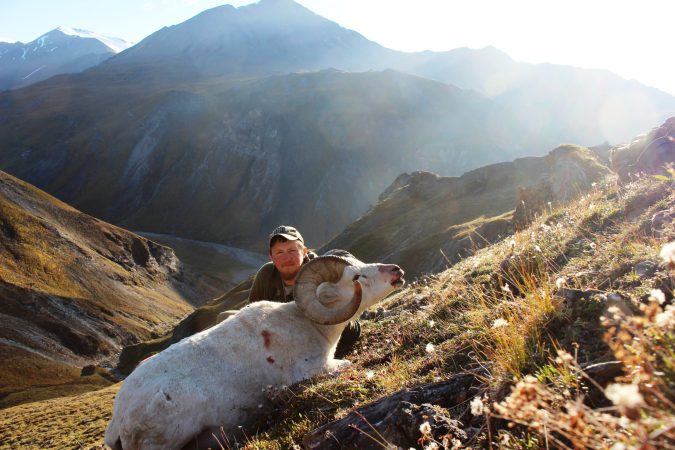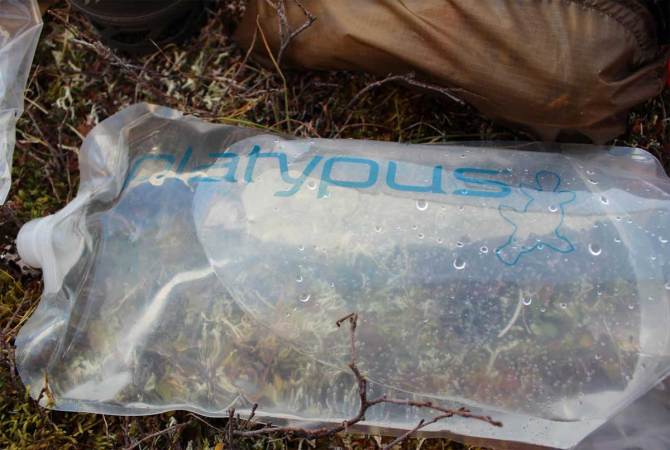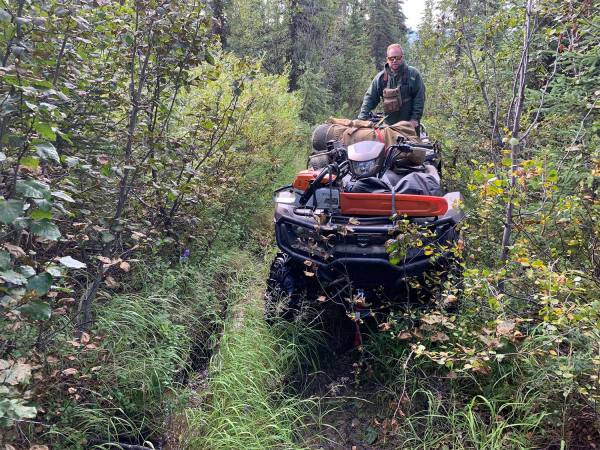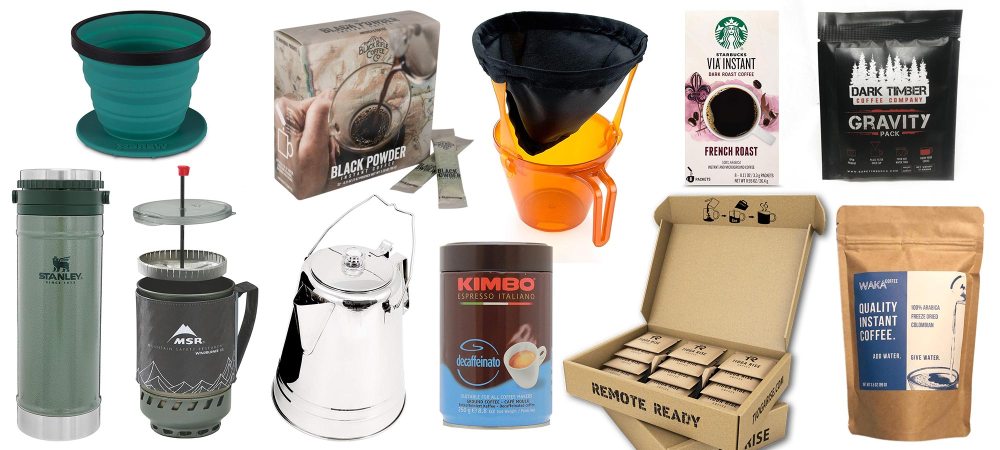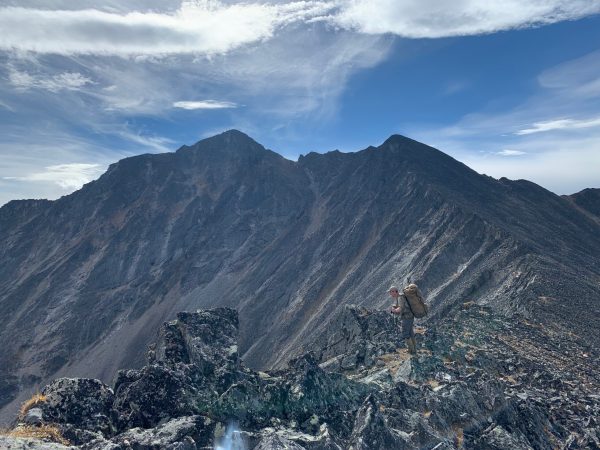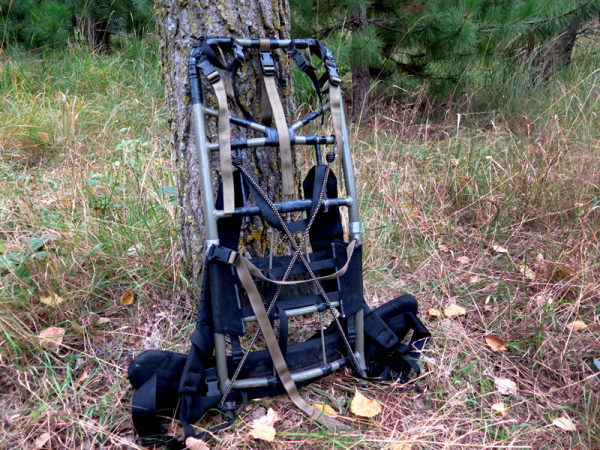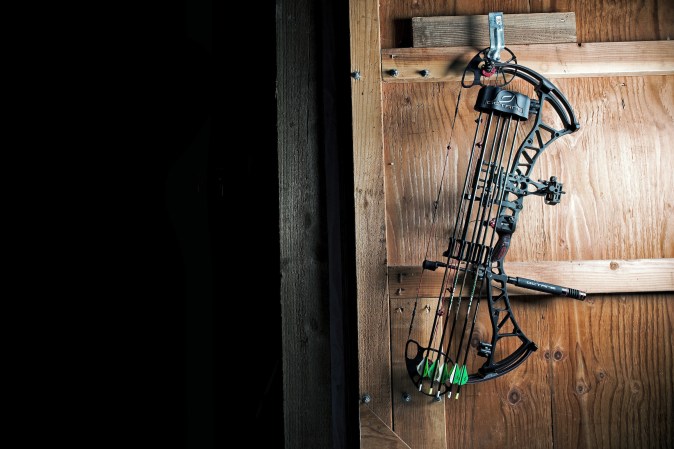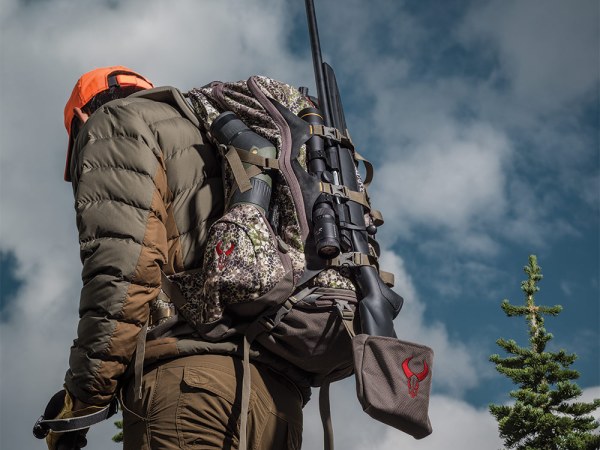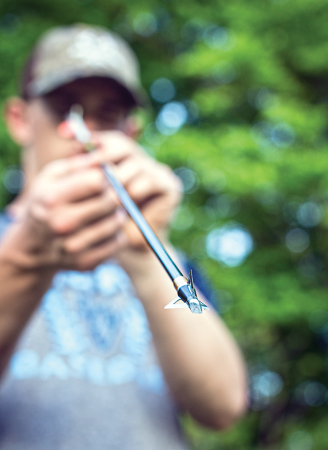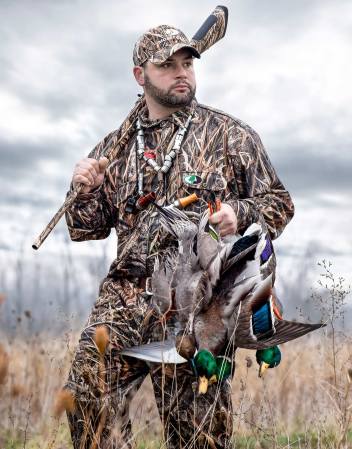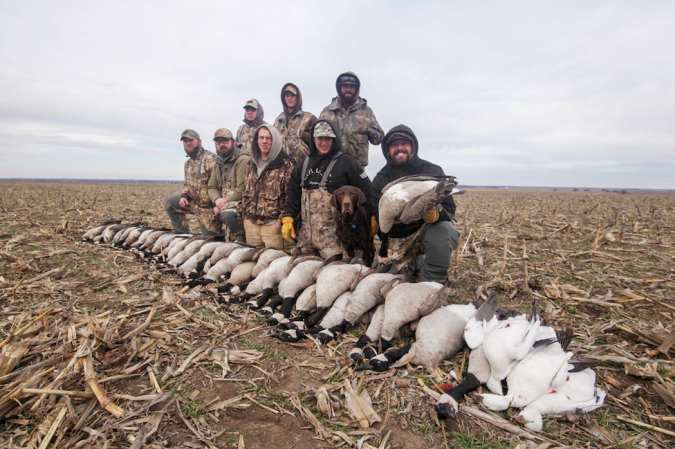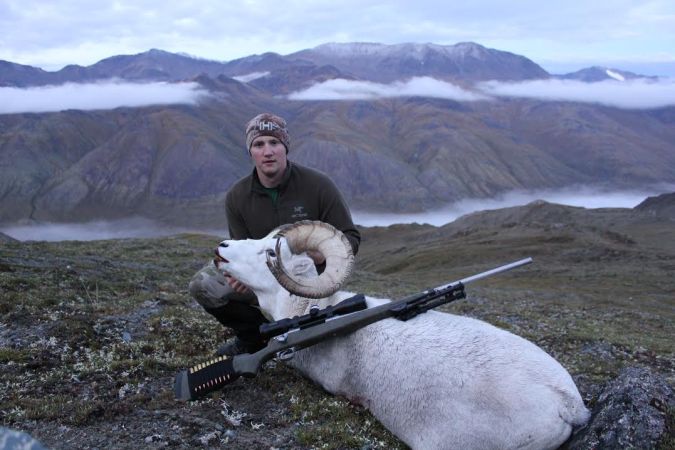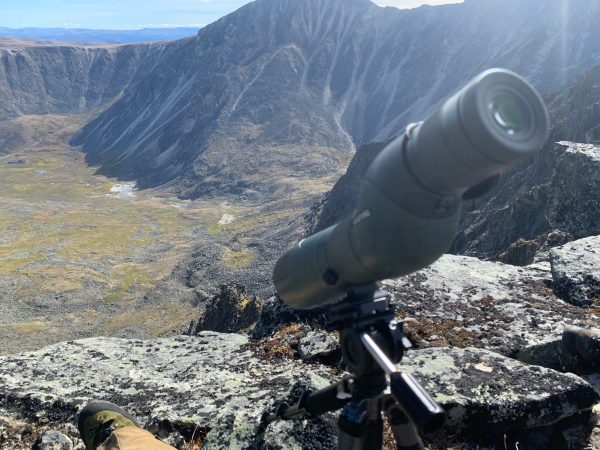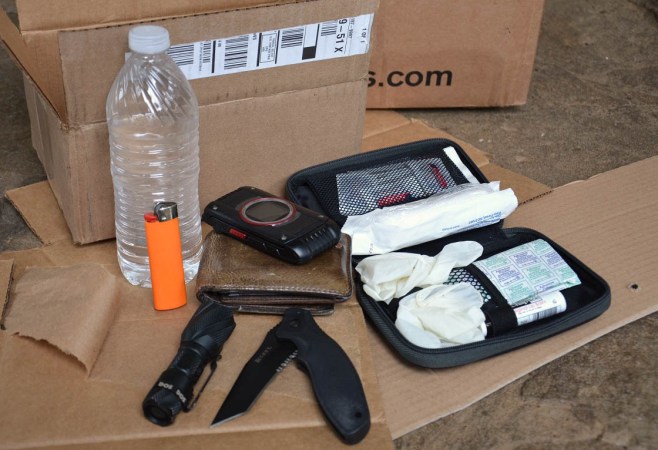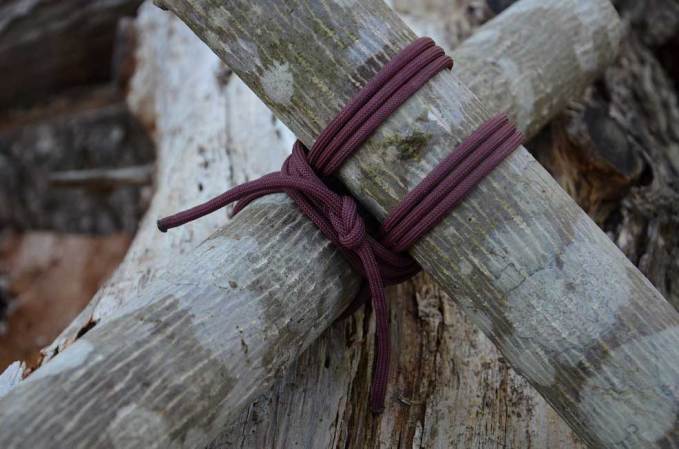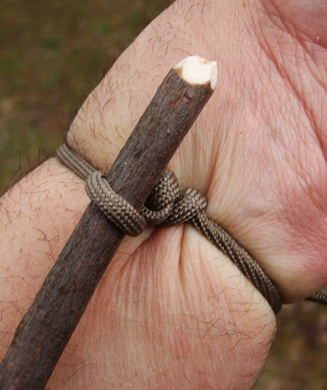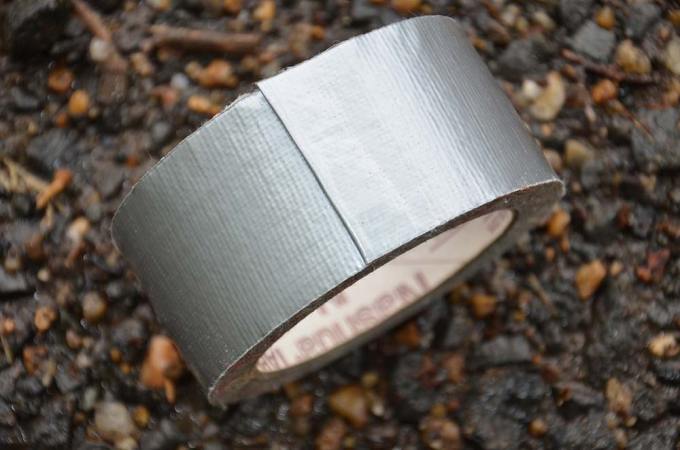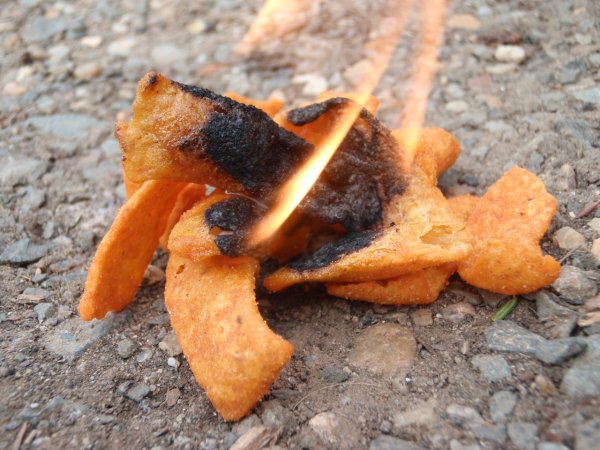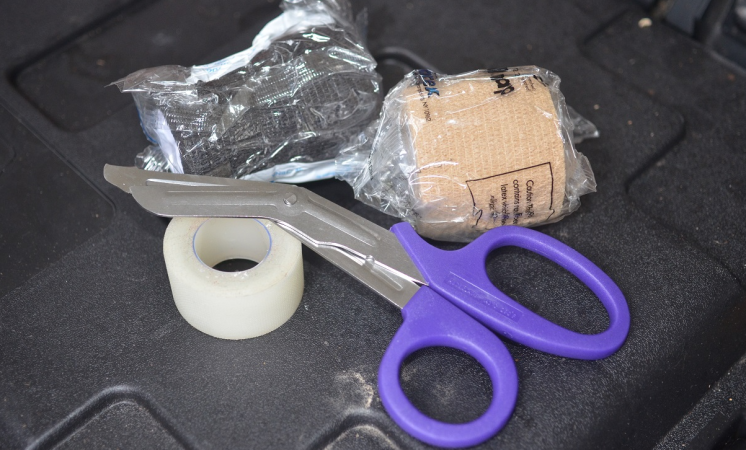We may earn revenue from the products available on this page and participate in affiliate programs. Learn More ›
Whether you’re hunting deep in the backcountry or the back 40, you need a day- or multi-day pack full of gear essentials that suit your individual needs. For a turkey hunter, that may just be a hand saw, water bottle, and a few snacks. Mountain hunters are going to need more cumbersome items, like rain jackets, a small tent, and freeze-dried food pouches to stay dry, comfortable, and alive for longer periods of time—because they might not return to the trailhead for a week or more. But no matter if you are 10 minutes or 10 miles from the truck, there are three cheap items that you should always carry with you. They could save your life.
1. Cut-Down Road Flares
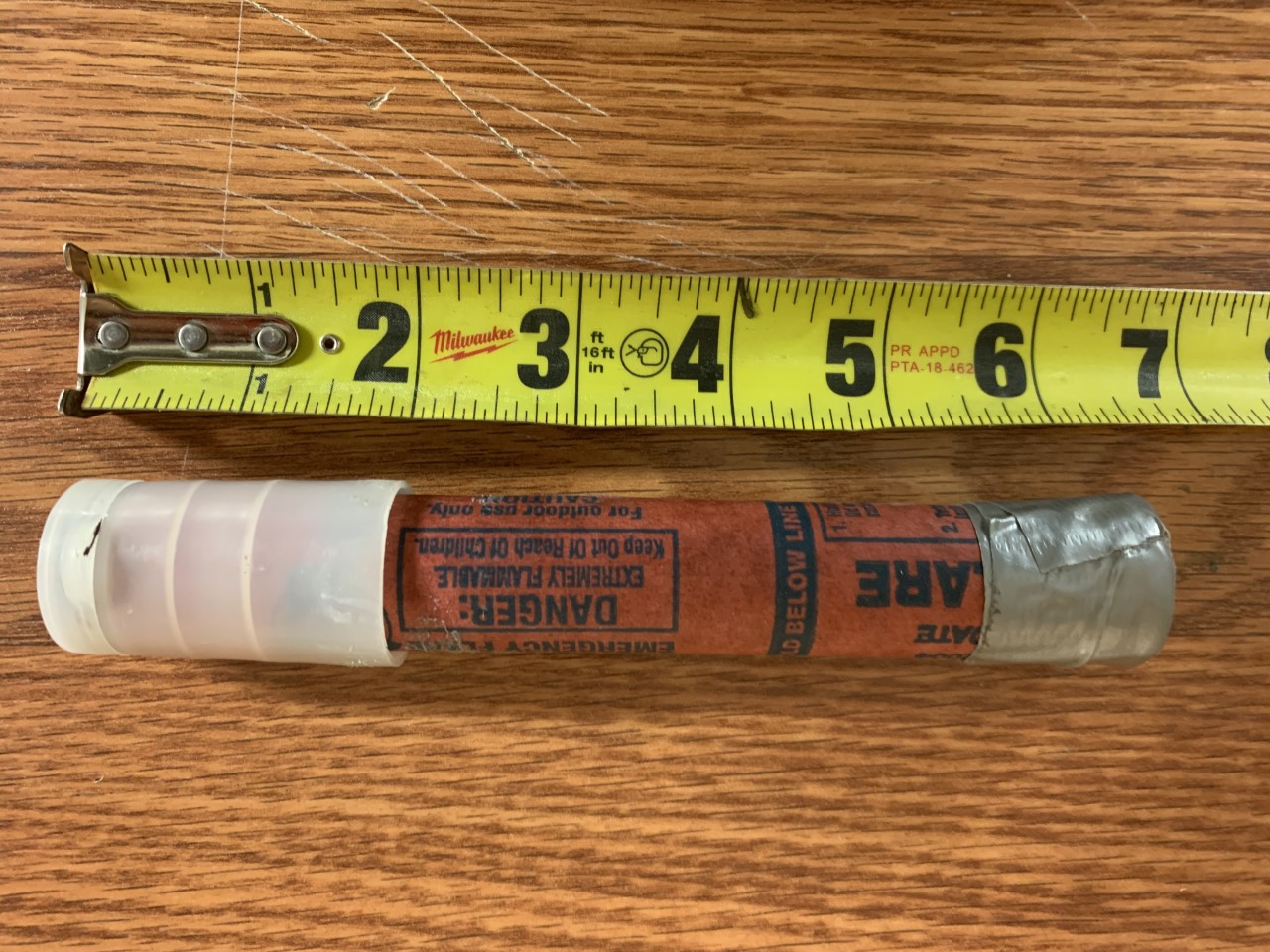
Fire starters are any bushcrafter’s bread and butter. Between tinder and igniting methods, there are a plethora of options out there for your kit. I have found road flares to be extremely effective fire-starters. The average road flare burns at 2,650 degrees for around 10 minutes. They are water-resistant and built to burn in wet, cold, and otherwise poor weather conditions. They burn hot and long enough to ignite just about anything that will catch fire. Flares are also easy to light when your hands are frozen.
You can usually find road flares for less than $2 each. If you don’t want to carry around a full-length flare, cut them in half or thirds. They will still provide several minutes of burn time for starting a fire or emergency signaling. Cut the flare down to your desired length, but be sure to leave enough to not burn yourself when you ignite it. I like using a utility knife to cut all the way around the outside, and finally through the flare. You’ll want to seal up the back end with hot-melt glue or wax, followed by a layer of duct tape. If you want an extra layer of protection, you can vacuum seal your flair in a small food-saver bag and cut notches on the edges for easy-open, water-tight protection.
2. Reflective Tape
Reflective tape is one of those gear items that seems like it isn’t doing you any good until you really need it. There are lots of types of reflective tape, and many different applications. I’ve found it to be something that I’m often glad to have. I always like to put a small piece of reflective tape in strategic places on my backpack. On more than one occasion, I’ve set my pack down for the final 100 yards of a stalk (that turned into half a mile), and might have not been able to find my pack without sticking those pieces of tape on it.
Losing your pack—and the gear inside it—can lead to dangerous situations depending on the country you are hunting. Putting a wrap around my top handle or a strip of tape on the top and side makes my packs immediately visible under the faintest headlamp light.
I’ve also found it handy to place a tiny piece on the handles of knives. Even bright-colored blades can be a little hard to see sitting on the ground covered in blood at the tail end of a midnight moose-cutting session. The tiniest bit of reflective material shines brightly under any light source.
You can also make your own reflective trail-marking thumb tacks with a roll of reflective tape and some spare time. You don’t need to bother tying ribbons marking the trail to camp, a treestand, or kill. You can stick your tacks in, then remove when you’re done and save them for next time.
There are plenty of options for reflective tape out there, but I’ve found Gear Aid Tenacious Tape adheres well to fabric, is durable, and not shiny or overly reflective in the sunlight, but it does glow under artificial light at night.
Read Next: 11 Specialized Survival Kits You Can Build to Live Through Any Disaster
3. Paracord and Microcord
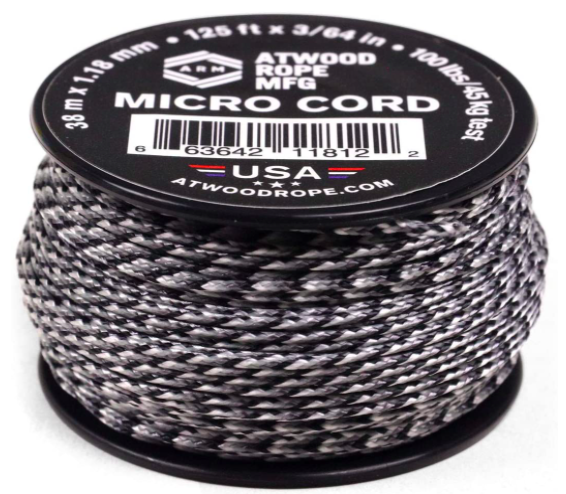
Rope or cord is an absolute must have because you can use it in such a variety of ways, from hanging meat to fixing broken tent poles. I use generic 550 paracord. It’s easy to find and very versatile. You can make repairs, rig shelters, add or repair guy lines for tents, secure loads onto pack frames…its uses are infinite. Paracord is fantastic, but it can be cumbersome and heavy, so I’ve gradually down-sized my cordage because I know how much I need.
Microcord, tiny cord that’s incredibly lightweight, and still has a tensile strength rating of 100 pounds (plenty for any of the tasks I might need it for) is also an option. You can get a 125-foot spool of the Atwood Rope MFG micro cord for around $9. It’s significantly lighter and more compact than the same length of any other cord I’ve used. It’s durable as well. In a pinch, you could even double it and confidently hang moose quarters from a tree.

